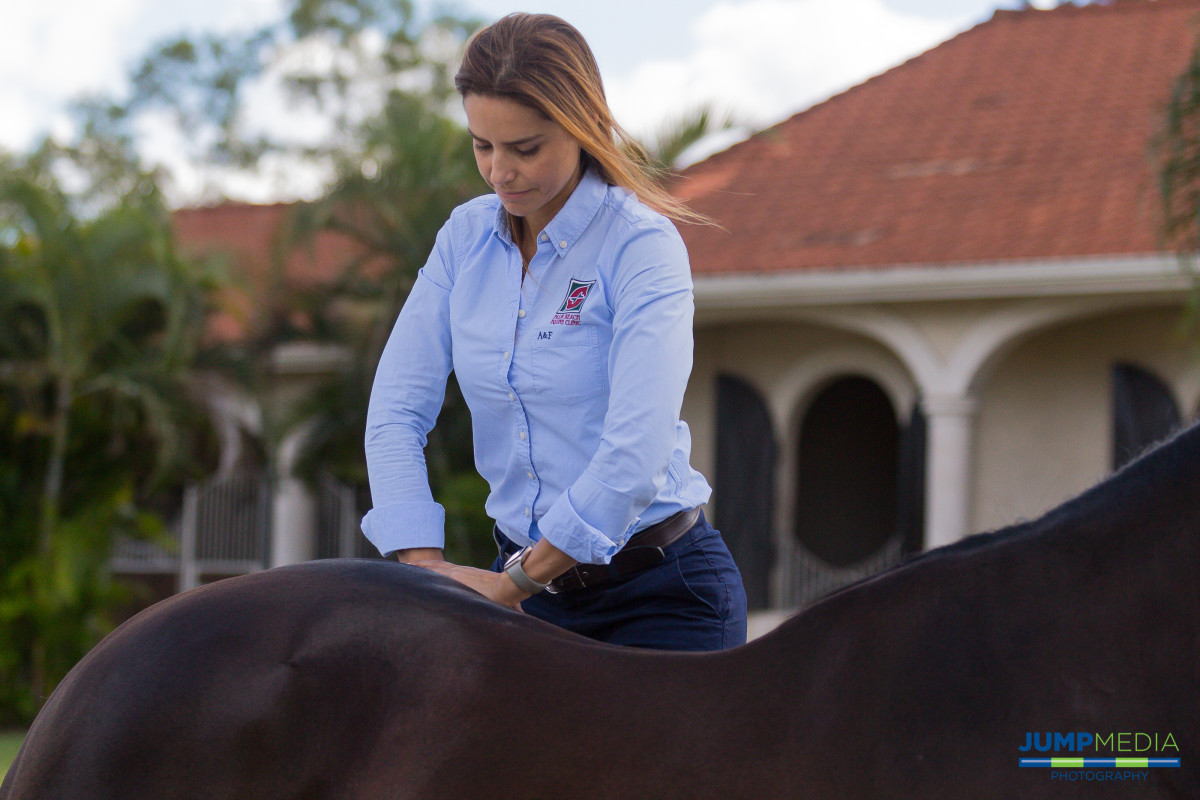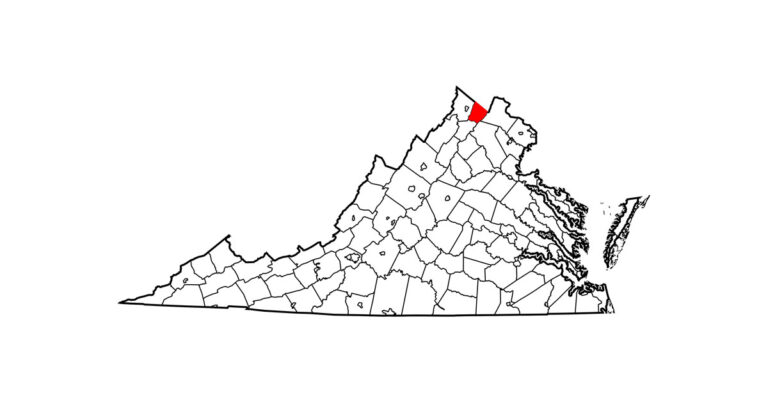Veterinary medical manipulation and acupuncture are two alternatives to standard medical treatments. Medical manipulation, similar to chiropractic in humans, and acupuncture therapies are complementary treatments for lameness problems and other issues in horses. They are alternative methods and do not replace conventional veterinary medicine or surgery but can be very useful in maintaining top performance levels in your horse.
“The line between success and failure is very thin for performance horses, and a lot of these alternative therapies can be very useful in giving the horse that little bit more,” explained Dr. Richard Wheeler of Palm Beach Equine Clinic in Wellington, Florida. “Veterinary medical manipulation and acupuncture are two common alternative therapies. They are both conjunctive therapies (used in cooperation with other treatments) that can keep horses comfortable, happy, and performing well.
“Both medical manipulation and acupuncture can get the horse moving a little bit better and can help to maintain some minor chronic problems that they may have, therefore helping to avoid more invasive treatments,” Dr. Wheeler continued. “For neck or back pain, once we diagnose a problem, we may treat it and then follow up with a program of alternative therapies. These therapies are used with the aim of keeping the horse supple and moving with ease, and helping the musculature to work correctly. We work with the trainers to optimize muscle development so that we can fix the problem and keep the horse moving forward and performing at the top level.”
Acupuncture

Acupuncture is a form of treatment used in both traditional and classical Chinese medicine. It is based on the principle that there are energetic pathways, or channels, throughout the body that influence associated internal organs. Energy from these pathways surface at various points on the body, and those locations are identified as acupuncture points. Extremely fine gauge needles are inserted at selected points, stimulating these points and thereby activating the body’s natural healing abilities.
“With acupuncture, we stimulate particular points that can relieve pain, increase endorphins, calm, and improve health and body function in horses,” explained Dr. Janet Greenfield Davis of Palm Beach Equine Clinic. “These specific points have a high capacity of nerve endings, lymphatic vessels, and blood vessels, as well as hormone stimulation.”
Research indicates that acupuncture may be an effective adjunct therapy for musculoskeletal problems such as muscle soreness, back pain, disc problems, osteoarthritis and degenerative joint disease. Acupuncture may help neurological disorders such as laryngeal hemiplegia, and facial and radial nerve paralysis. It can help with gastrointestinal disorders including diarrhea, gastric ulcers, colic, and impaction. Acupuncture may also help with respiratory diseases, metabolic and endocrine diseases, and other chronic conditions, such as anhidrosis, heaves, asthma, cough, uveitis, and behavioral problems.
Veterinary Medical Manipulation
Veterinary medical manipulation is thought to optimize equine health by restoring the normal joint motion, reversing mild pathology and helping to slow the progression of degenerative joint and spine disease. This therapy has become a valuable adjunct for competition horses.
“Veterinary medical manipulation is an excellent complementary modality that can be used for diagnosis, treatment, and prevention of selected neuromusculoskeletal disorders,” explained Dr. Natalia Novoa, a veterinarian at Palm Beach Equine Clinic. “The practice of medical manipulation focuses on the relationship between structure (primary spinal column) and function (coordinated by the nervous system) to restore it. The goal is to treat soft tissue injuries or articular dysfunction to optimize health through manual therapy and to detect and treat abnormalities and alleviate pain.”

Veterinary medical manipulation is also a great treatment option for horses who suffer neck and back pain, nerve damage, poor performance, behavioral problems, muscle spasms, localized or regional joint stiffness, unexplained lameness, gait abnormalities asymmetry/muscle imbalance/atrophy, injuries resulting from falls, trauma (such as slips, getting cast in the stall, or missteps), or poor fitting equipment.
“First, I identify the restricted movement or subluxations by manipulating and evaluating the joint mobilization. Then I restore the joint motion with an adjustment, which is a manual controlled force applied to a specific joint,” Dr. Novoa said of the process. “There has been an increase of interest in non-traditional therapy, and Palm Beach Equine Clinic is aware of its great value, so we provide the services to allow our horses to reach maximum performance potential and overall health.”
Alternative therapies such as acupuncture and veterinary medical manipulation have gained popularity over the past years. Offering these therapies allows many veterinarians to treat horses in other ways in addition to their standard practices of equine medicine.
Practical Horseman thanks Palm Beach Equine Clinic/Jump Media/Jump Media LLC for their assistance in the preparation of this article. For more information about Palm Beach Equine Clinic, visit www.equineclinic.com.










